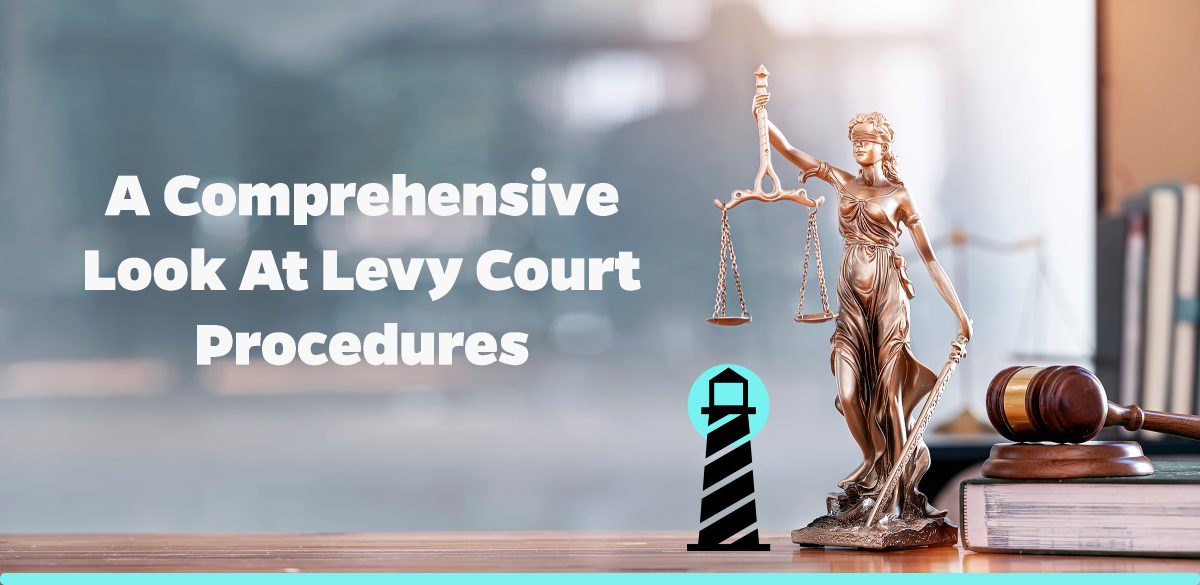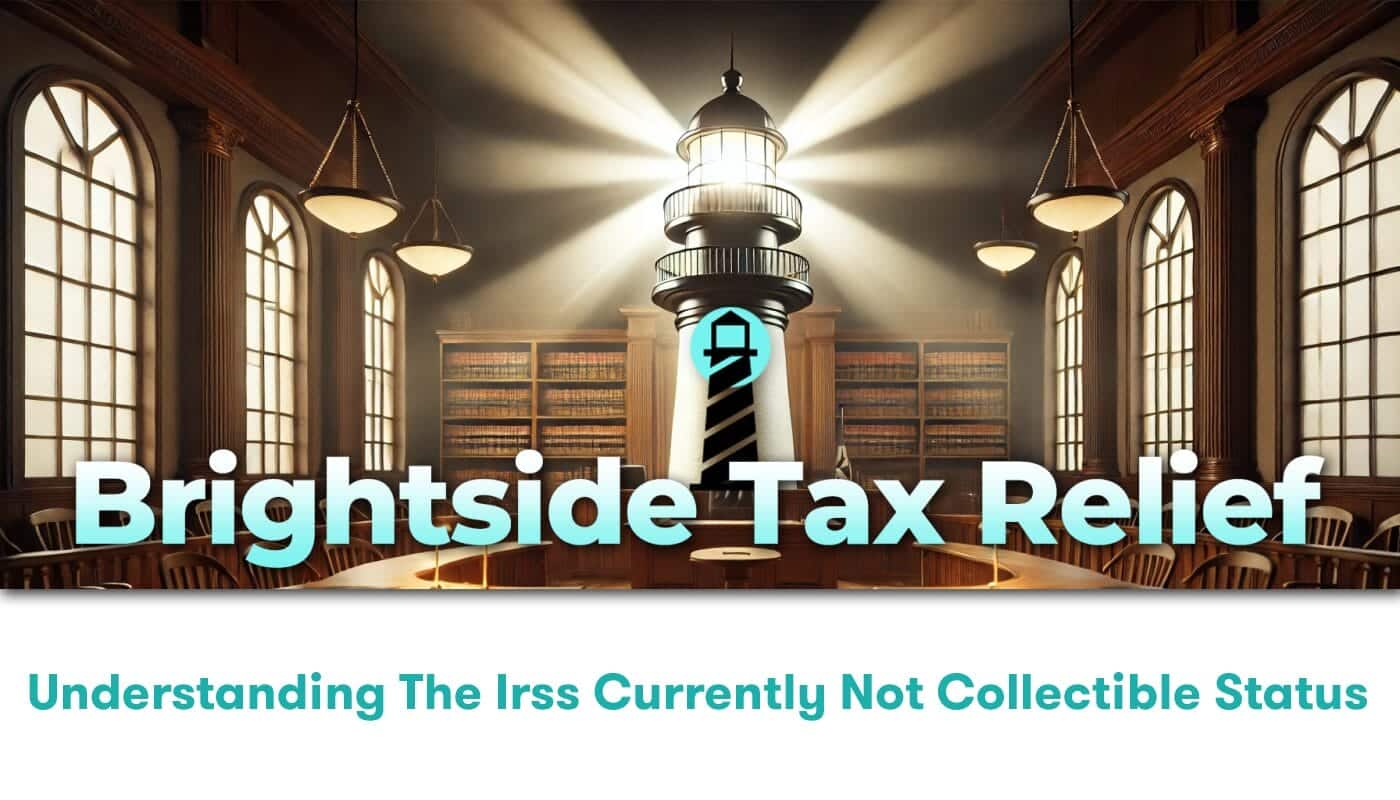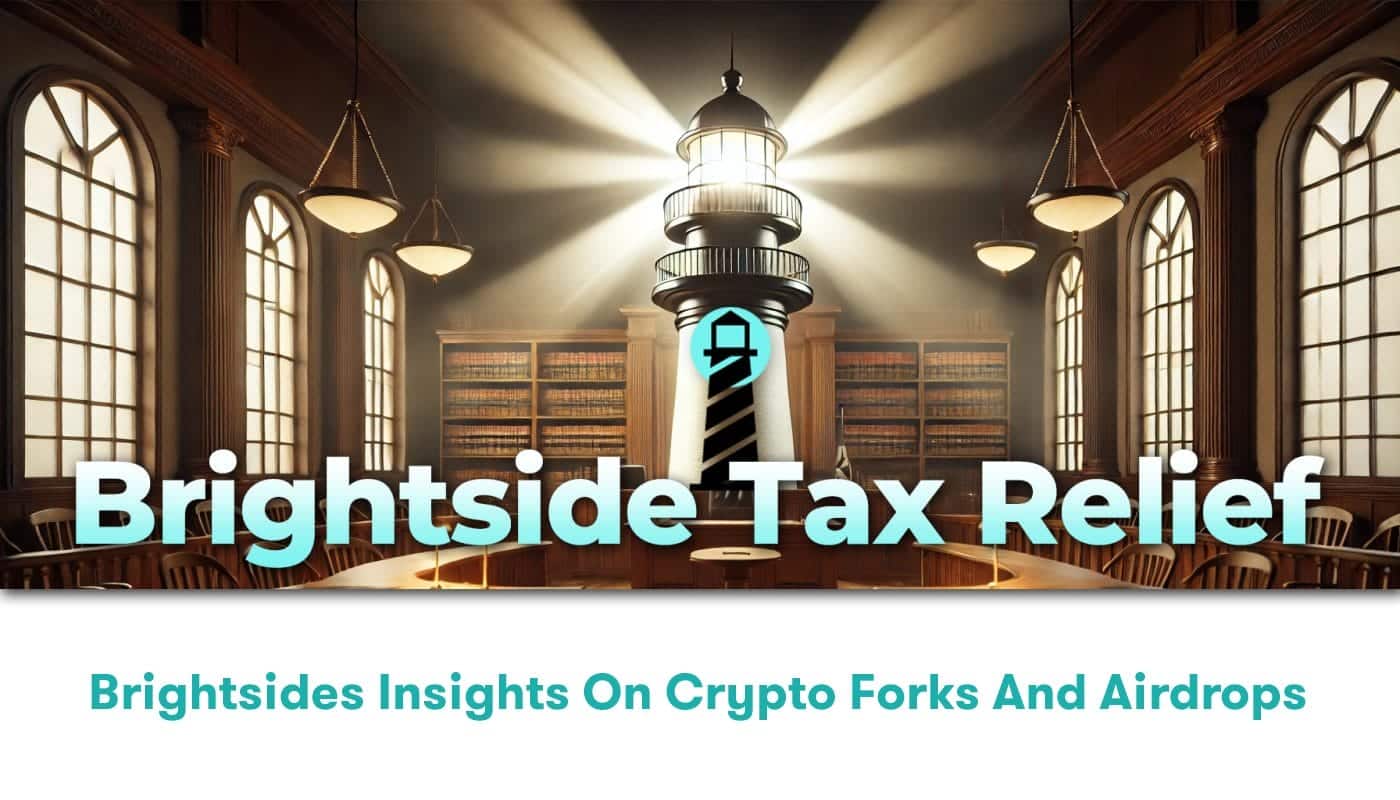Understanding the Levy Court Procedures
The term Levy Court refers to historically significant judicial bodies throughout the United States. Their functions have dramatically evolved over time, adapting to the changing socio-political landscapes to serve community-specific needs. Today, it primarily serves as a measure embarked on by the IRS to collect unpaid taxes from stubborn taxpayers. Understanding the Levy Court procedures is crucial for taxpayers, specifically those in financial binds that make prompt tax settlement a challenging task. At Brightside Tax Relief, our expertise lies in navigating these intricate procedures, ensuring taxpayers experience less stress and financial strain.
The Essence of a Tax Levy
Fundamentally, a tax levy is a legal method employed by the IRS to collect unpaid taxes. After multiple notifications, if your tax debt remains unpaid, the IRS gains the right to seize your property to settle the outstanding tax debts. The list of seizeable assets includes your house, car, wages, financial accounts, or Social Security benefits.
IRS Levy Court Procedures: The Initial Steps
The IRS does not levy your property without giving fair notice. Prior to initiating the levy process, the IRS sends multiple notices to the debtor. The final notice, named “Final Notice of Intent to Levy and Notice of Your Right to A Hearing,” is delivered at least 30 days before the levy procedure begins.
The Final Notice and Your Response
- Upon receiving this notice, you have the right to request a Collection Due Process (CDP) hearing with the IRS Office of Appeals, contesting the impending levy.
- If you ignore or fail to respond to the final notice, the IRS will proceed with the levy.
Understanding Your Rights during the Levy Process
As a taxpayer, it is crucial to know your rights during the levy process:
- The IRS can seize your assets only after sending multiple notices.
- You hold the right to appeal the intent to levy, by requesting a CDP hearing.
- If your appeal is successful, the IRS may release the levy.
- If the appeal fails, the IRS will move forth with the levy process.
Expert Assistance from Brightside Tax Relief
Navigating the Levy Court procedures can be incredibly complex for the average taxpayer. A lack of understanding about levy procedures can lead to irreversible financial damage. That is where expert tax relief services, such as Brightside Tax Relief, come into play. Our team of seasoned tax professionals can guide you through the levy process, help you understand your rights, challenge the levy if necessary, and work to negotiate an alternative resolution with the IRS, which may include installment agreements, Offer in Compromise, or Penalty Abatement.
Conclusion: Navigating the Levy Court with Brightside Tax Relief
While the threat of a tax levy can evoke panic and confusion, understanding Levy Court procedures can significantly reduce the anxiety associated with potential asset seizure. The professional team at Brightside Tax Relief, with its specialized knowledge of IRS methods and procedures, can navigate the stressful path of levy court procedures with confidence and expertise.
Remember, if you receive a Notice of Intent to Levy from the IRS, timely action is vital. Ignoring it results in harsh consequences, such as seizure of property or garnishment of wages. Contact a professional like Brightside Tax Relief immediately to explore your options. For more details, visit IRS Levy Court. With the right knowledge and expert assistance, you can potentially prevent levies and protect your assets.






